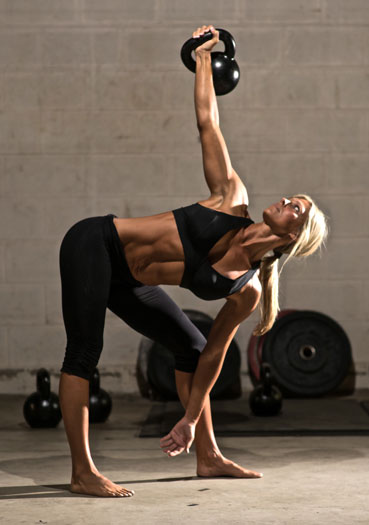
The windmill is an excellent exercise to increase mobility, flexibility and core strength. As an added benefit, it also increases shoulder strength and stability. It’s a unique exercise because it engages multiple muscle groups and takes the body through a combined range of motion. Windmills are a great way to get heavy weight over your head in a challenging movement pattern, building the core as strong as the mighty oak tree.
Here are a few tips to improve your windmill:
This next video shows two disadvantages. 1-reaching out, 2-reaching down. The third shows the advantage of focusing on hinging deep into the hips and squeezing shoulders blades together. This creates proper alignment which allows you to stack your body under the weight to gain all the benefits of the kettlebell windmill.